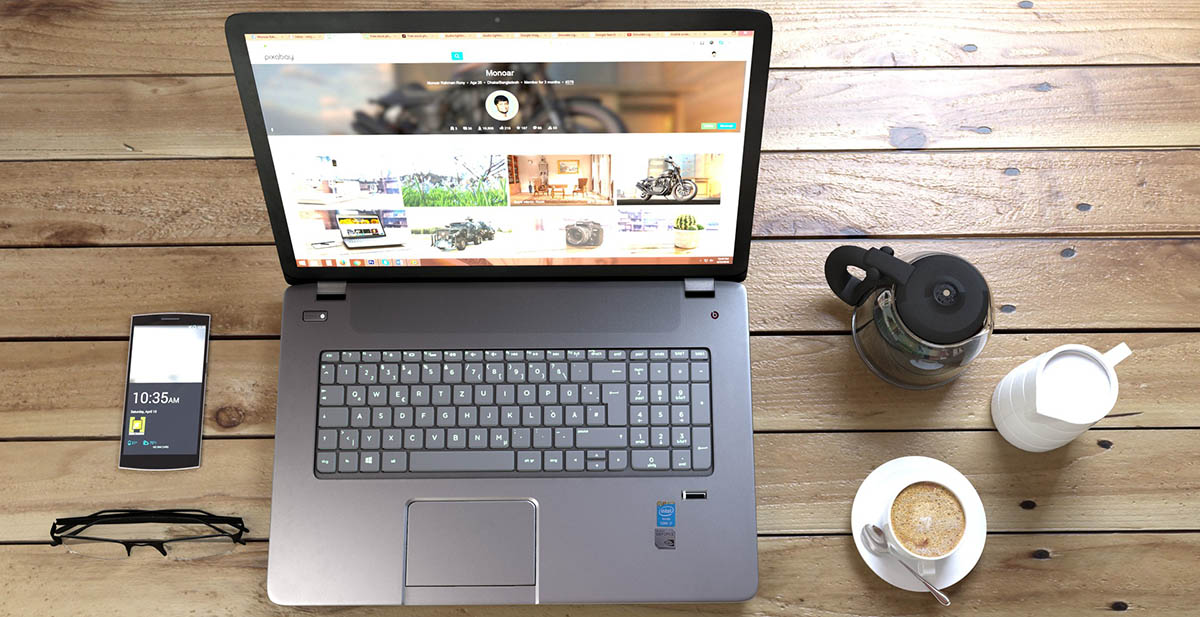Top 10 SEO techniques to boost your website.
Top 10 SEO techniques to boost your website.
28 FEBRUARY 2017
Category: Marketing
Author: Seb Waligorski
Top 10 SEO techniques to boost your website.
So you’ve made a significant investment in your new website over the past few weeks and months; you’ve spent time ensuring that it presents your company, products and services in the best possible light. You’ve stayed up late making sure that it’s easy, and attractive, for website visitors to click through and join your sales process, or order your products or services in just a few clicks. You’ve researched your clients and you know who your potential clients are, and you’re confident that your website speaks to them and engages them. Your website blasts your competitors’ sites out of the lake. Now you wait for all that juicy new business to arrive. You wait… and you wait…
Any small to medium business who has gone through this perplexing scenario soon discovers that as essential as good website design is, on its own, it’s insufficient. A great website is nothing without online reputation. How do you build a strong online reputation? Look to the big players on the web: the global (and local) gatekeepers of all web content: Google, and Bing, the search engine behemoths, the guardians and advocates of all web content, everywhere.

Search engines like Google and Bing are automatic – the chances are they will find your shiny new website on their own without you lifting a finger. The chances are also they will list and categorise your website far, far down their listings, where almost nobody will find it.
How do you build an online reputation
The process of creating and strengthening your online reputation is called Search Engine Optimization (SEO for short). In short, Google uses automated search algorithms to decide the position your website will appear in their search results. These factors will determine whether your website appears at the top of Page 1 on Google, or

1. Content is King.
Google’s new ‘Hummingbird’ algorithm rewards websites with unique and high-quality content. ‘High Quality’ means new articles on your website, regularly! They need to be longer than 500 words, and with keyword densities of around 2-3
2. Mobile-friendly
Mobile- friendly design (also known as ‘responsive’ design) is a must-have in an age where over 50
Your website should adapt gracefully to smaller screen resolutions to get higher “mark” from Google. Remember to test your site on different devices and different mobile browsers. Sometimes there are small differences in rendering depending on the browser, for instance, Android with Chrome and iOS with Safari may display your website differently.
3. Title and meta tags
Every page needs a metadata, and a structure. In HTML the most basic structure consists of a header, body, and footer, with your main body, sidebar and navigation in between.
Your page titles should all be optimized o ‘speak to’ your chosen keywords – those that best describe the content of the page.
A strong, logical structure to your page gives Google a sign that its well-organized and easy to follow for the reader. Remember to use standard HTML tags such as Title (H1 Tag), Subtitles (H2 tag), Ordered and Unordered lists, Metatags and Meta descriptions.

4. Avoid Popups
Google’s newest update
Tip: Make it easy for the user to close the popup when it’s not interesting for them. Try to make your popups look neat and purposeful.
5. Loading Time
Loading time isn’t only important for Google. It’s also important for users and to be specific, the user-experience. Nobody will wait 20 seconds to enter your website. 5 seconds for loading time is the maximum.
There are tens of factors that influence the loading time, such as code
6. Server Location
Server location gives a Google a hint of where is your website located and to whom it should be displayed first. Let’s say that your server is located in Spain, but you operate only in English language and in the UK market. Google will notice your server location and you will be ranked slightly lower than your UK-server-based clone.

7. Use a Validator
A W3C
8. Backlinks (still)
Backlinks are the links displayed on other websites that point to your website. If you have a lot of them, Google might decide that your website is important. Many people say that the era of backlinks is over. We definitely do not agree with that, but one thing is for certain: Quality matters more than ever – hundreds of backlinks from poor quality websites will not help you, and may even harm your search position. 100 very
9. Social media
Your social media activity can account for an enormous proportion of the success of your website. There are a couple of things that you can do to improve your rankings in this respect. First, connect your social media account with your website. You can add “Follow me” and “Like” buttons, or =social media badges with newsfeeds. You should also include links pointing to your social media accounts.
Another good practice is to link back to your website from your social media accounts. Just as posting regular web content is important, so too is posting regular social media content. Share things that your customers will like. This creates more backlinks to your website from your social media accounts. Moreover, If they like it, they will share it. If somebody shares your article or retweets it, it generates another backlink to your website. With one good
To improve your ranking in Google you can also sign up to Google for Business. It gives you the opportunity to add your business to Google Maps,
10. Inform search engines using
Google crawls through all of the websites on the internet.
Once your website is indexed in Google you need to remember the sitemap.

Last but not least. Do not underestimate Google.
There’s are countless
Whatever you do, make it high quality, make it good for your customers, and Google will reward you!
You can check all of Google’s algorithm history here: CLICK
Sometimes it is better to leave it to experts to work on
Here at Ionize we have professionals in SEO and
Our process includes 3 steps:
1. Analysis and audit to find the problems.
2. Development part: to fix all the problems encountered.
3. Creative and marketing step: to promote your business and create content that will be valued by Google and your users.
You can call our SEO and Marketing Team or use the form below if you need a new website:
0333 014 2035
7am-7pm, Monday-Friday

Author: Pete Gypps
Director of Business Development
Specialisations in transforming SMB and Enterprise businesses from On-Premise Communication products to Cloud Technology.
Let's Start Something new
Say Hello!
Have a project or an idea? You are just a few clicks away from making it a reality.
0333 014 2035
7 Brecon Close, Worcester Park, KT4 8JW
and
10c Science Park, Aberystwyth, SY23 3AH
Ionize has been providing
